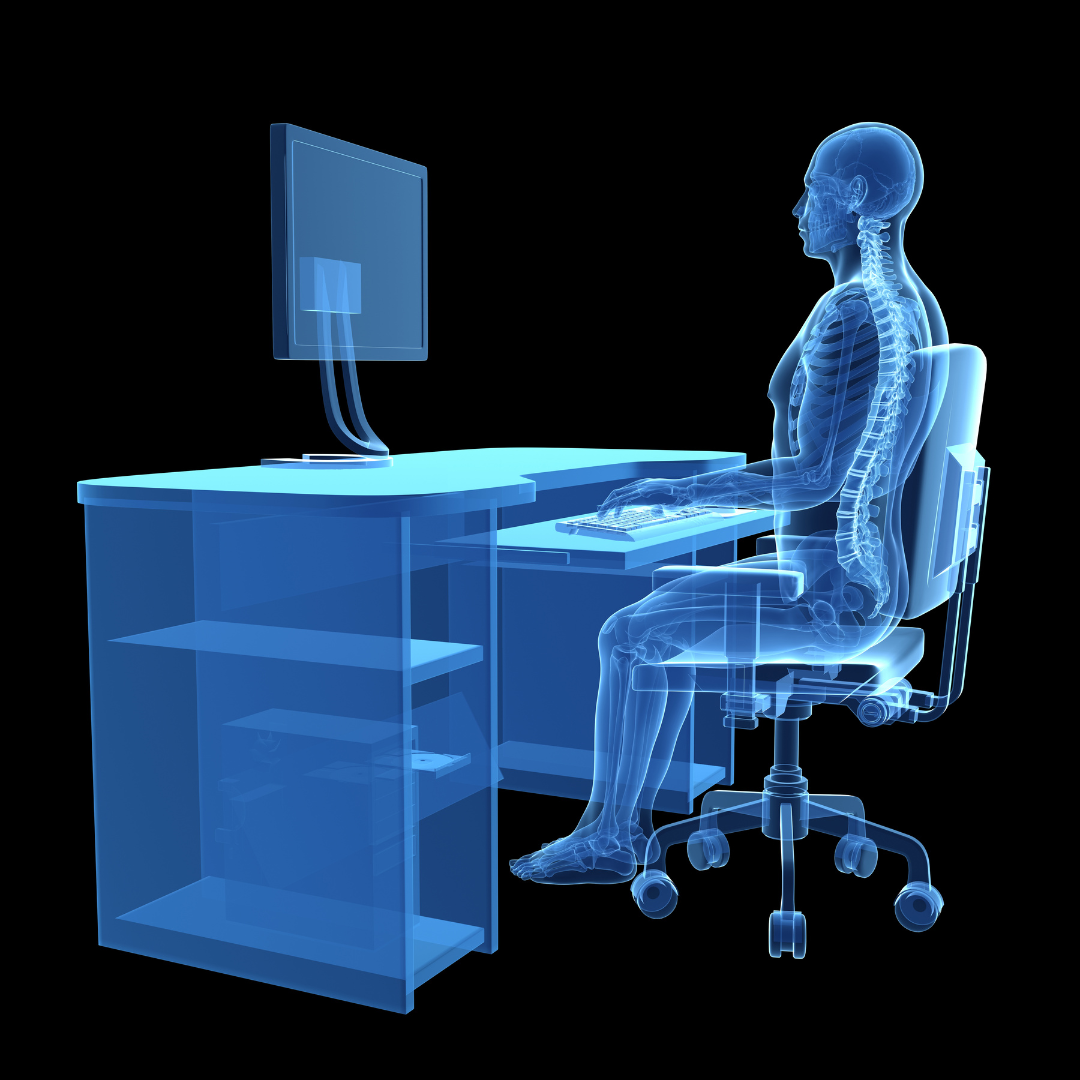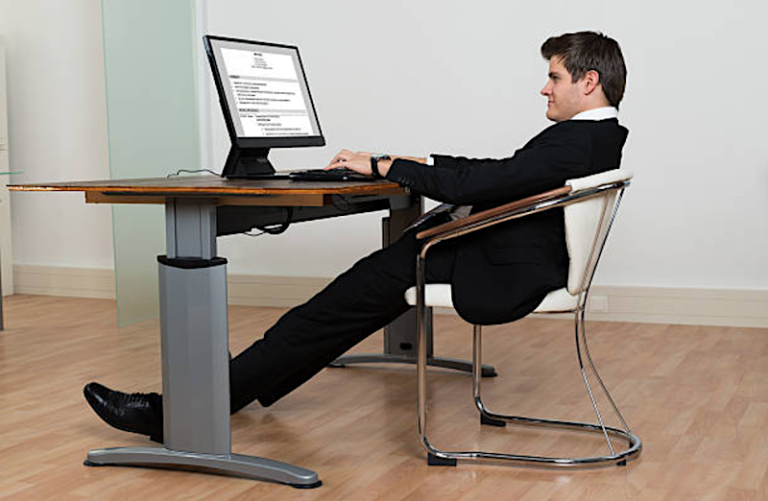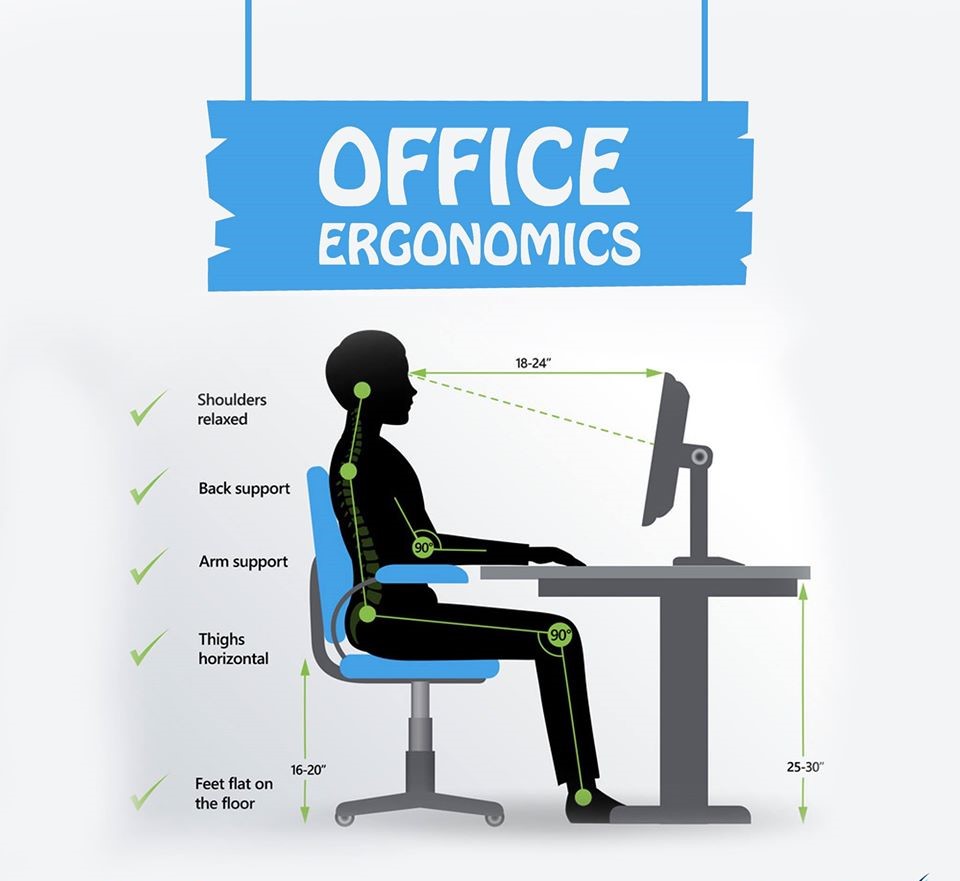It's easy to find ourselves glued to our desks, couches, or screens for extended periods. The sedentary lifestyle has become increasingly prevalent, and while it may seem harmless, its consequences on our health can be profound. One of the most significant repercussions is chronic musculoskeletal pain, a silent yet persistent ailment affecting millions worldwide. Let's delve into how our increasingly sedentary habits contribute to this widespread issue and explore ways to mitigate its effects.


Our bodies are designed for movement. Throughout history, humans have been hunters, gatherers, and adventurers, constantly on the move in search of sustenance and shelter. However, the advent of technology and modern conveniences has drastically reduced the need for physical exertion in our daily lives. Many of us now spend hours seated at desks, commuting in cars, or lounging on couches, with minimal activity beyond tapping away on keyboards or scrolling through screens.
While this sedentary lifestyle may offer comfort and convenience, it comes at a cost to our musculoskeletal health. Our muscles, bones, and joints thrive on movement, which helps to maintain flexibility, strength, and overall function.

One of the most common areas affected by sedentary behavior is the lower back. Hours spent sitting in front of a computer or slouching on a couch can lead to poor posture and weakened muscles in the back and core. Over time, this imbalance can result in chronic lower back pain, a condition that affects millions of individuals worldwide and can significantly impact quality of life.
Similarly, prolonged sitting can also contribute to the development of conditions such as neck pain, shoulder pain, and joint stiffness. The lack of movement and poor posture associated with sedentary behavior can cause muscle imbalances and tension, leading to discomfort and reduced range of motion.
Incorporating Regular Physical Activity
Improving Posture and Ergonomics
Strength and Flexibility
Building a Strong Foundation
Involve in House hold Activity
Additionally, paying attention to our posture and ergonomics can make a significant difference in preventing and reducing musculoskeletal pain. Investing in an ergonomic chair, adjusting the height of our desks, and taking regular breaks to stretch and move around can all help to alleviate strain on our bodies and promote better alignment.
Furthermore, building strength and flexibility through targeted exercises can help to address muscle imbalances and improve overall musculoskeletal health. Strength training exercises that target the core, back, and other major muscle groups can help to support the spine and reduce the risk of chronic pain.

In conclusion, while the sedentary lifestyle may be tempting in today's fast-paced world, it's essential to recognize the impact it can have on our musculoskeletal health.
Chronic pain is not an inevitable consequence of modern living, and by prioritizing movement, posture, and physical activity, we can take proactive steps to protect our bodies and live pain-free lives. Let's embrace a more active lifestyle and reap the rewards of a healthier, happier existence.




Success Rate